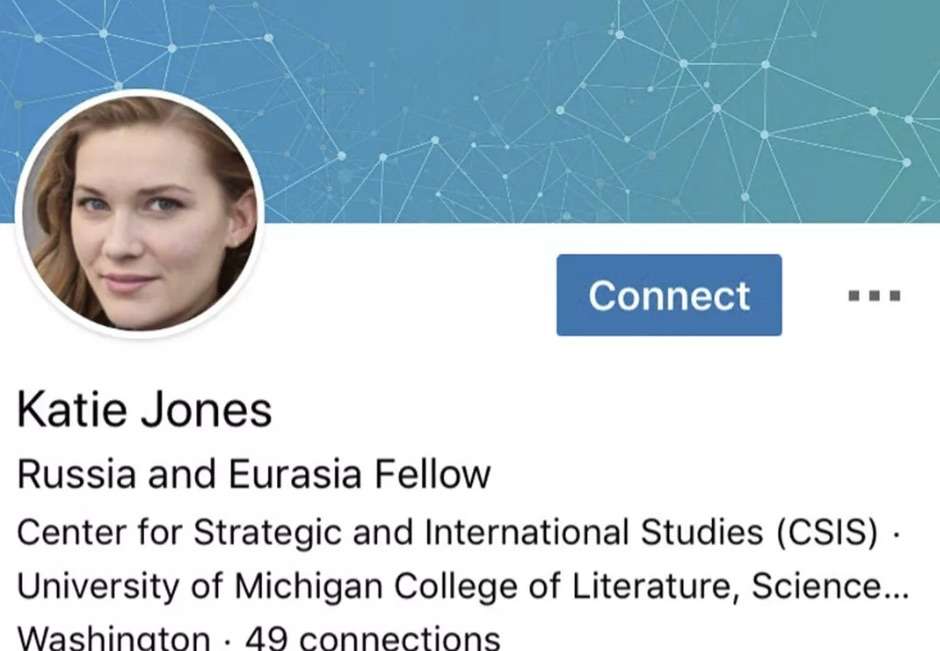A spy would have used an image generated by artificial intelligence to create a fake account on the LinkedIn network. This profile would have allowed him to get in touch with several American political figures.
The American news agency Associated Press came across a most curious case by discovering not only a fake profile on the LinkedIn professional social network but also that the profile uses the photo of a woman who does not exist! According to the AP, this character would be part of a vast army of ghost profiles lurking on the network.
The profile, which uses the name of Katie Jones, did not seem out of the ordinary at first sight. This virtual woman made 52 connections with other users of the site. Unlike Facebook, which favours personal connections, such as friends and family members, LinkedIn connections are primarily professional and provide a breeding ground for spies.
A spy with well-placed contacts
Despite a limited number of contacts, Katie Jones was particularly well connected. She boasted about working at the Center for Strategic and International Studies, a Washington-based think tank, and had influential people among her contacts. His connections included organizations such as the Brookings Institution or Heritage Foundation, but also a deputy undersecretary of state, a senior advisor to a senator, and economist Paul Winfree, a candidate for a seat on the Federal Reserve.
However, his activity on the network proved to be suspicious. Keir Giles, a London specialist on Russia, was suspicious of receiving an invitation from this woman, after having already been a victim of espionage. Presenting herself as a researcher on Russia and Eurasia at the Center for Strategic and International Studies, he should have heard about it already, but Katie Jones was unknown to her. A spokesman for the centre also confirmed that no one with this name worked there.
A face generated by artificial intelligence
Several experts, including Mario Klingemann, a German artist who has been experimenting for years with automatically generated portraits, commented on the photo and confirmed that it is indeed a fake. Several elements reveal the origin of the photo, as the background blur, features on his cheek, or an earring that seems half-melted.
It would be a deepfake, an automatic generation based on deep learning. The method uses two antagonistic neural networks (GAN), one to generate faces after being trained on existing images, and the second to estimate the realism of the image thus produced, and validate it or not.
Several experts have indicated that his profile was quite typical in espionage operations. Many users accept all invitations, including people they do not know. If a simple connection does not present a danger in itself, all the well-placed contacts of Katie Jones have greatly increased her credibility.
The spy, who hides behind this fake profile, can then make contact with other people much more easily. The account has since been deleted, and LinkedIn has reported taking regular action against false accounts, with several thousand deleted in the first quarter of 2019.
